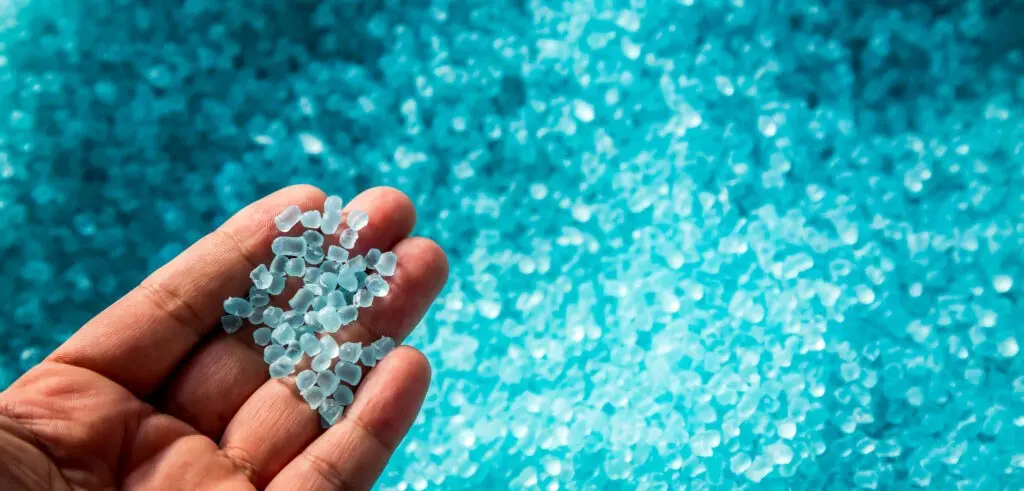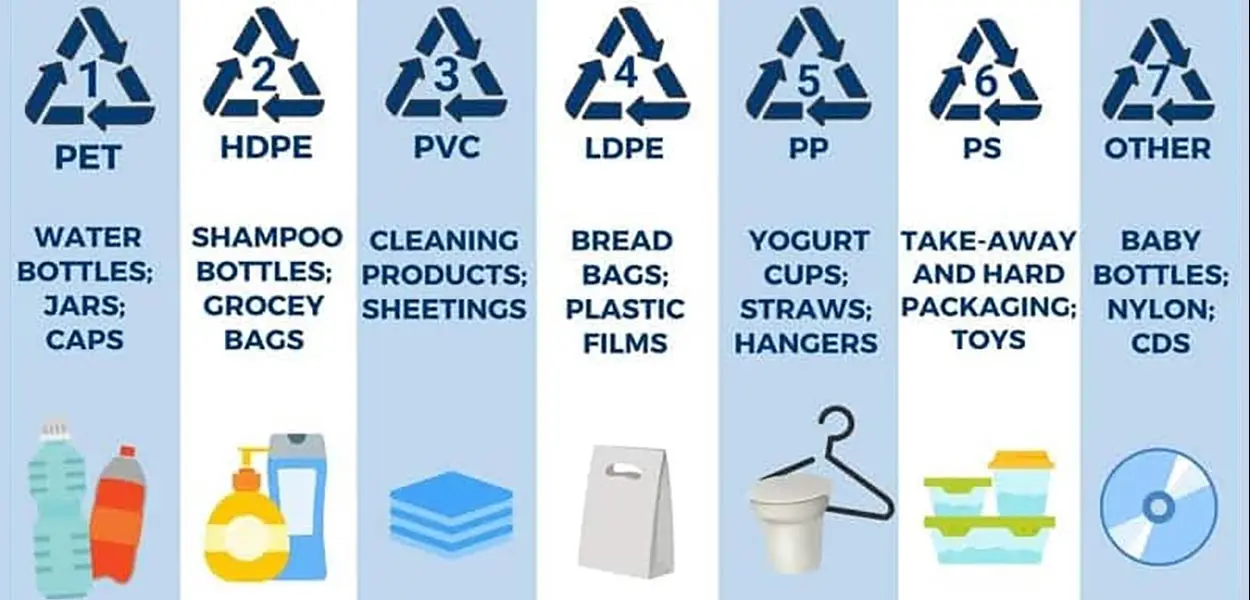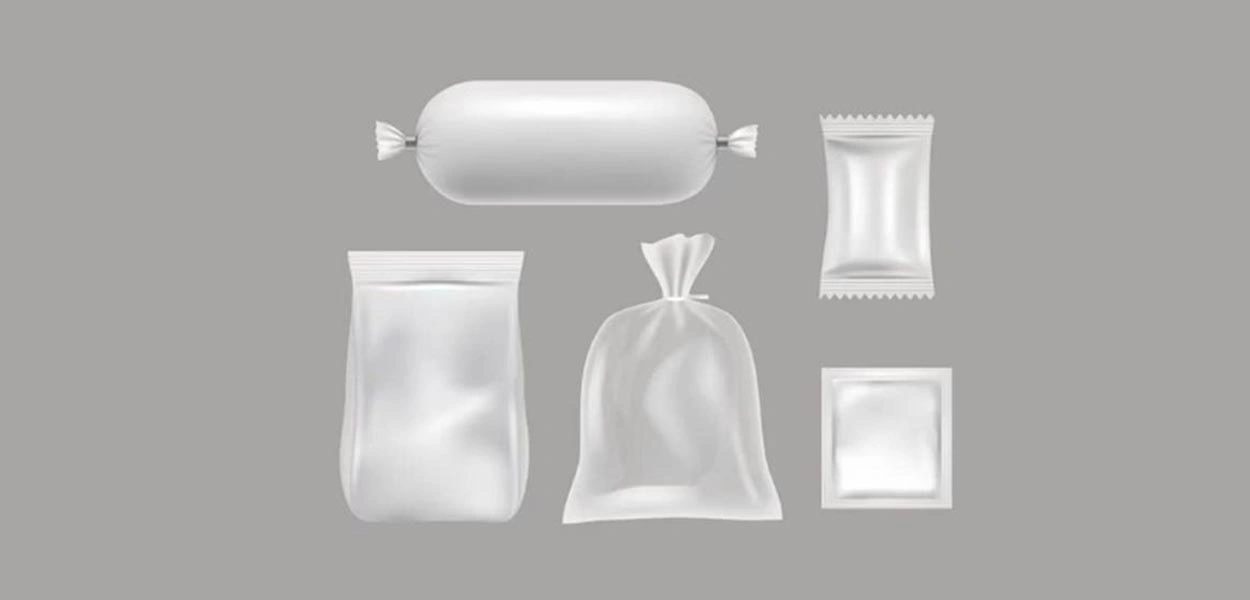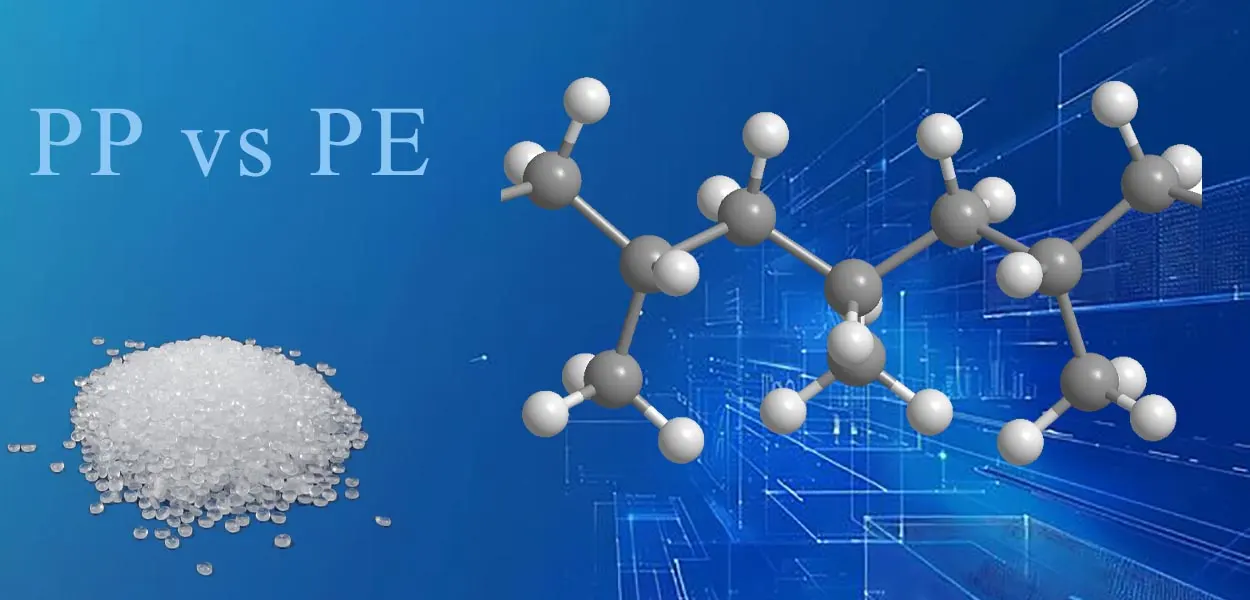As the two most widely produced general-purpose plastics, PP and PE have permeated every corner of human life. From the toothbrush in the morning to the plastic wrap at the dinner table in the evening, these two polymers bring the convenience of modern life in different forms. This article will systematically analyze their chemical nature, safety boundaries and environmental impact, and reveal their special value in the dental supplies.
1. Chemical Nature: The Art of Hydrocarbon Chain Arrangement
PP (polypropylene)
Chemical formula (C₃H₆)ₙ, polymerized from propylene monomer, the presence of methyl side chains on the molecular chain. This structure endows it with a relatively high melting point (160-170℃) and rigidity, and it is often used in microwave oven lunch boxes, yogurt bottles and other occasions that require high-temperature resistance. Its semi-crystalline property endows it with excellent fatigue resistance. Australian coins are made of PP.
PE (Polyethylene)
Chemical formula (C₂H₄)ₙ, polymer of ethylene monomer. Divided according to density:
HDPE (High Density Polyethylene): molecular chains are tightly arranged, used for milk buckets, medicine bottles
LDPE (low-density polyethylene): branched chain structure makes it soft, suitable for cling film, plastic bags
Outstanding low temperature resistance (-70 ℃ still remain flexible), but the melting point is only about 110 ℃.

2. Is PP PE plastic safe?
Primary material safety: As materials widely used in food packaging, medical supplies and other fields, both are certified by the FDA as food-grade materials. PP and PE are very safe materials for general use scenarios.
PP does not contain harmful substances and does not easily release toxic gases, and its high-temperature resistance makes it the preferred choice for microwaveable tableware.
PE cling film will hot melt above 110℃ to produce plastic agent residue. Therefore, it cannot be used in high temperature environments. It is widely used in food packaging, drinking water bottles and other products.
Potential risks: Processing aids (e.g. plasticizers) may migrate during the production process, and it is recommended to avoid long term filling of fatty foods.The carcinogenic risk of plastics such as PET and PVC does not apply to PP/PE.

3. PP vs PE: which is better?
When comparing these two plastics PP and PE, it is not possible to simply say which one is better, they each have their advantages and disadvantages, but only which one is more suitable for the desired scenario.
- Advantages of PP: High tensile strength. Strong chemical stability can withstand most acid and alkali corrosion. High temperature resistance, can be used at higher temperatures. Therefore, PP is often used to make heatable lunch boxes, syringe cannulae, dental impression trays, dental instrument handles (can be 134 ℃ high-pressure steam sterilization).
- Advantages of PE: high toughness, low temperature resistance, strong thermoplasticity, easy to process into various shapes, applicable to a variety of production processes. Based on these characteristics, PE is commonly used for frozen food packaging, cling film and the film covers of respective medical devices.
4. Is PP PE recyclable?
Of course can recycle! We often see a triangle wrapped around the bottom of plastic bottles or boxes with the number “2” or “5”. This symbol means that according to the international common plastics classification coding system, HDPE (high-density polyethylene) belongs to category 2, PP belongs to category 5, all belong to the category of recyclable plastics. PP (polypropylene) and PE (polyethylene) as a common thermoplastic plastic, its recycling has become an important part of plastic waste management.
PP plastic recycling characteristics:
- It has good thermal stability and can be melted and recycled many times.
- The recycling process is mature, mainly through the process of crushing, cleaning, melt granulation, etc.
- Recycled PP is mostly used in the manufacture of industrial parts, daily necessities and other non-food contact products.
PE plastic recycling:
- Rigid PE products (e.g., plastic bottles) have high recycling rates (~70%)
- Soft PE film is easily contaminated and difficult to separate, so the actual recycling rate is about 30%
Environmental Challenges:
- Conventional PE has a degradation cycle of 100+ years in the natural environment
- PP produces microplastic pollution during photodegradation
- Bio-based PE materials (e.g. green PE from sugarcane) are emerging as sustainable solutions

5. Advantages and disadvantages of PP and PE plastics
Although PP and PE are both excellent plastic materials, they have their own advantages and disadvantages for different situations.
| Material | Advantages | Disadvantages |
|---|---|---|
| PP |
|
|
| PE |
|
|
6. PP and PE plastics in dental Supplies
Dental supplies have stringent requirements for material safety, chemical resistance and sterilization adaptability. PP (polypropylene) and PE (polyethylene) have become the mainstream choices due to their excellent medical properties:
PP:
- High-Strength Instruments: For instruments such as dental forceps and curing light handles that are subjected to mechanical stress, PP (polypropylene) is the preferred material due to its rigid structure, which ensures long-term deformation resistance.
- Chemical-Resistant and High-Temperature Containers: dental endo box made from medical-grade PP can withstand 134°C autoclaving without releasing harmful substances.
PE:
- Instrument Film Cover: X-Ray Film Cover is made of LDPE (density 0.91-0.93g/cm³), which combines flexibility and radiation protection.Full Chair Cover is made of HDPE (melt index 0.3-0.5g/10min), which balances cost and puncture resistance.
- Disposable Protective Products: Disposable isolation gowns, bouffant caps, Shoe Covers are also mostly made of PE.

7. Material limitations and development
PP shortcomings: low-temperature brittleness is obvious, -20 ℃ easy cracking
PE shortcomings: poor creep resistance, easy to deform under long-term load bearing
New copolymers (e.g., PP-RCT) are expanding medical-grade application scenarios through molecular structure improvement.
Conclusion
As the twin pillars of plastics born from the petroleum era, PP and PE find extensive applications across various fields. Their distinct properties make them suitable for different scenarios, exhibiting exceptional performance particularly in food packaging, medical supplies, and dental supplies. While environmental considerations sometimes require us to seek compromises, advancements in technology will enable safer and more eco-friendly utilization of these materials.


